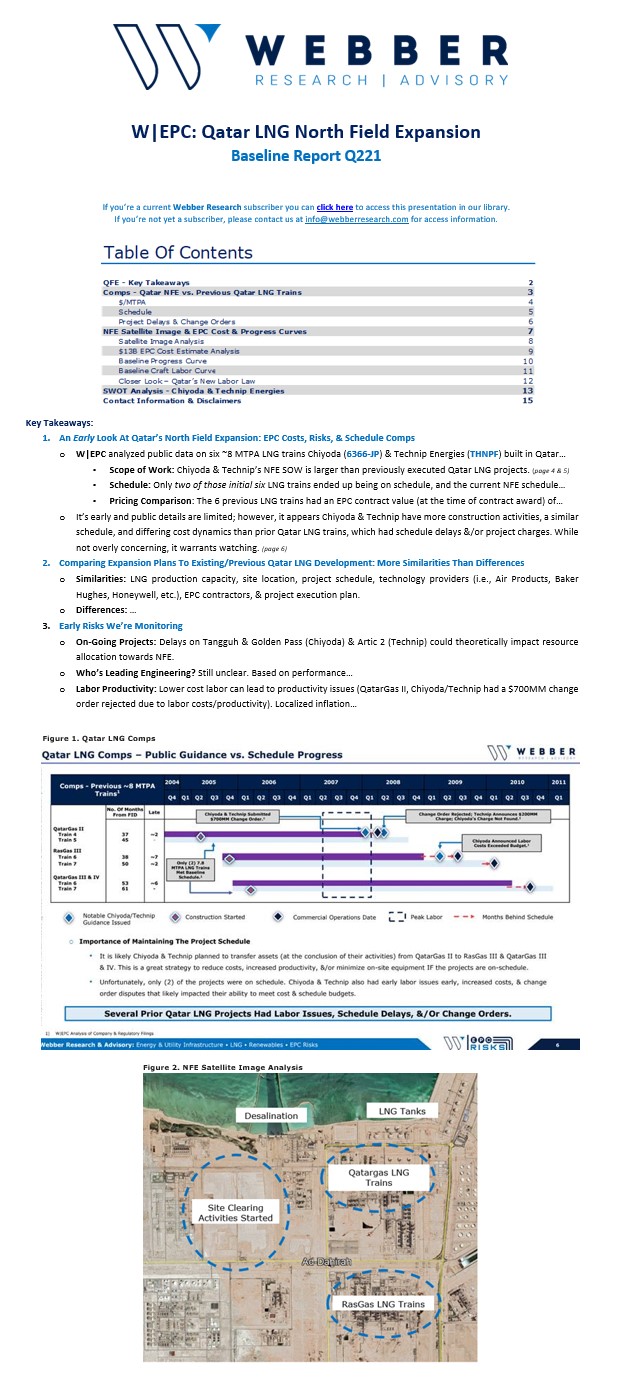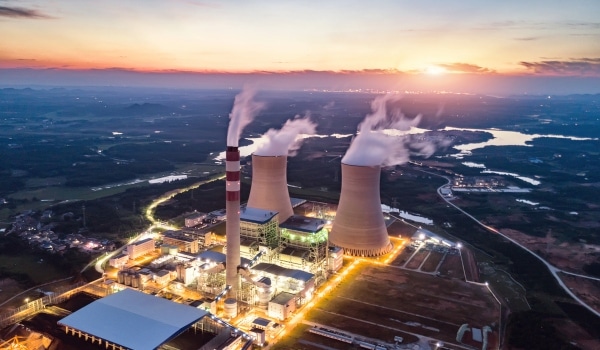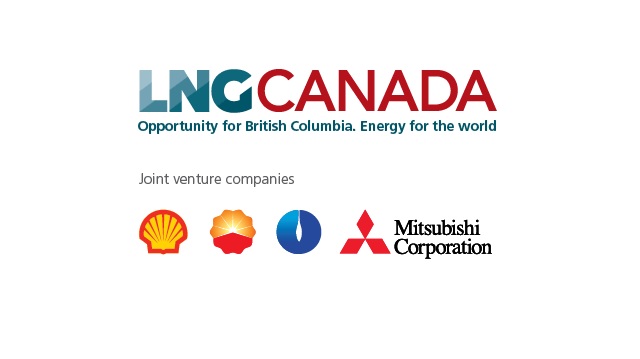
Client Call: Ranking Alternative Fuel Vehicles – Introducing Our Multi-Factor Model

For access information, please email us at [email protected], or reach out to Webber Research Institutional Sales at [email protected]


For access information, please email us at [email protected], or reach out to Webber Research Institutional Sales at [email protected]


For access information, please email at [email protected], or reach out to [email protected]
Read More
• Vogtle Expansion: 6-Years Late…And ~$13-$16 Billion Over Budget? (Slides 2-5)
• How Much Will SO Be On The Hook For? (Slides 3-6)
• Something’s Gotta Give: Key Commissioning Milestones Appear Crammed Together To Avoid ROE Reductions (Slides 6-8)
• Cost Projections Were Already Ramping…Before COVID-19 (Slides 9-12)
• Cost Prudency Reviews – A Make Or Break For Stakeholders?…. (Slides 13-19)
For access information, please email us at [email protected]
Regulatory Background: Vogtle is regulated by the Georgia Public Service Commission (GPSC). GPSC’s primary role is to protect rate payers & determine if project costs can be justifiably passed-through via utility rates. In the quarters that follow we’ll venture to aggregate, analyze, and interpret cost overruns through the lens of GPSC, to put together a thoughtful estimate of what cost overruns will eventually land with SO shareholders.

For access information, please email us at [email protected]
Read More

Mighty Mouse? Sempra’s (SRE) Costa Azul LNG (ECA, 2.4mtpa Phase-1) might be the only North American LNG project with a realistic chance at FID in 2020. As we saw last cycle, being small (and cheap) can be an advantage in difficult markets. As we note below, we’ve included our key takeaways around 1) Project viability in the current environment, 2) Site & Permitting Issues, 3) our independent project timeline & cost estimates, and 4) our Independent assessment of ECA’s project economics.
Background: Energía Costa Azul (ECA) is a 1 BCF/d LNG import terminal located north of Ensenada, Baja California, Mexico, ~31 miles south of the U.S./Mexican border (San Diego-Tijuana). It’s owned by Infrastructura Energetic Nova (IEnova), one of the largest natural gas infrastructure developers in Mexico, and is listed on the Mexican Stock Exchange (BMV: IENOVA). Sempra Energy owns 66.43% of IEnova.
Existing Infrastructure: The current ECA import terminal (Figure 1) includes the following infrastructure: (1) a marine berth and breakwater; (2) two 160,000 m3 LNG tanks; and (3) LNG vaporizers, nitrogen injection systems, and pipeline interconnections. Similar to some existing U.S. exporters and brownfield projects, ECA will be turning their facilities around to export LNG.
Permitting: ECA has received most of the major Mexico and U.S. permits needed to begin construction, but still lacks a key Mexican land-use permit. ECA LNG is not subject to FERC review under the National Gas Act (NGA) or National Environmental Policy Agency (NEPA). However, ECA is subject to various Mexican state and federal regulatory agencies, such as the Secretaris de Medio Ambiente y Recursos Naturales/ Ministry of Environmental and Natural Resources (SEMARNAT) and the Agencia Nacional de Seguridad Industrial y de Proteccion al Medio Ambiente del Sector Hidrocarburos/ National Agency for Industrial Security and Environmental Protection for the Hydrocarbon Industry (ASEA), as well as the U.S. Department of Energy (DOE).…continued
Click here to buy this report


Update: In light of yesterday’s announcement that the Shell-led LNG Canada project was cutting its staffing levels in half over the coming days, we felt it worthwhile to pass along our LNG Canada Update from late February, along with a slide on our updated thoughts. (Page 2)
COVID-19 Impact Updates
1. The World Health Organization (WHO) officially declared COVID-19 a pandemic on 11-Mar-20.
a. JFJV may have a stronger FM claim now that WHO has declared the COVID-19 a pandemic, to the extent that JFJV specifically has “pandemic” or “epidemic” listed as an FM event in their contract.
b. FM Impact of Chinese module fabrication yards…….Page 4
2. On 17-Mar, LNG Canada and JFJV both announced that JFJV’s on-site workforce in Kitimat would be halved in order to increase social distancing and help prevent the spread of COVID-19. Given that the announcement was made jointly between JFJV and LNG Canada – impact on FM/schedule relief.…..Page 5
3.While JFJV did not announce when the site at Kitimat would resume a full workforce, it took “several” weeks for workers to return to JFJV’s Chinese fabrication yards…..Page 5
LNG Canada Planned Vs Foretasted Progress – Where Were We In February, and Where Are We Heading Now?…..Pages 5-8
Read More